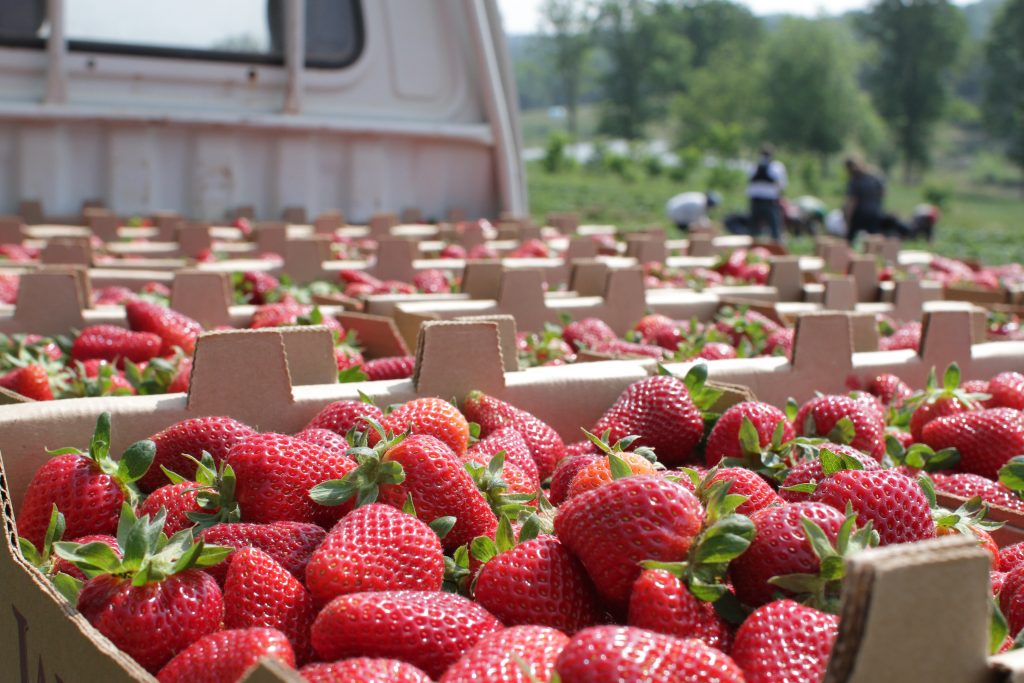
Fungicide resistance in strawberries is a major problem, says University of Georgia Cooperative Extension plant pathologist Phil Brannen. He encourages producers to help researchers understand which fungicides are still active and provide protection against diseases like anthracnose and botrytis.
“(Fungicide resistance) has really come to the forefront in the last few years. In the last two or three years, we have seen a lot issues, particularly with anthracnose. Prior to that, we may have had some breakdown but not nearly as much,” Brannen said. “With those fungicides in general across a lot of commodities, (they) are now starting to lose their activity and it just finally happened for us in strawberries. They’ve had issues with that in Florida for now several years also; South Carolina, we all know this happens when you spray that fungicide class; over time, they eventually break down and quit working. We’ve got to get better resistance, and we’re probably seeing more of that in other areas, too; other fungicides, particularly on botrytis.
“When trying to control botrytis, we have quite a few of fungicides that no longer work. I just encourage producers to make sure they test. If they have the opportunity, they can actually send off their pathogens on the strawberries and they can be tested for which fungicides are still active. That’s helpful.”









